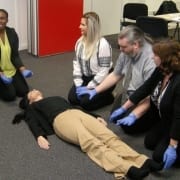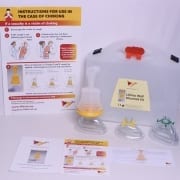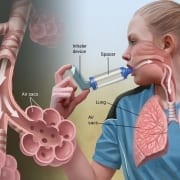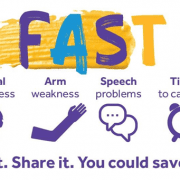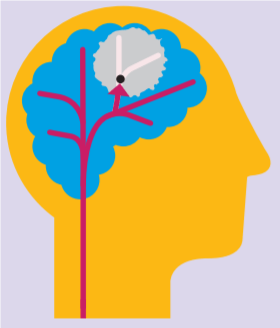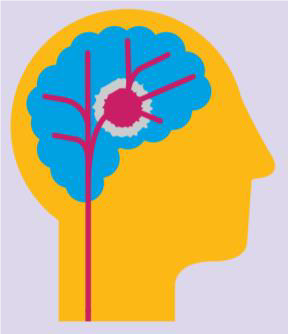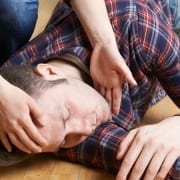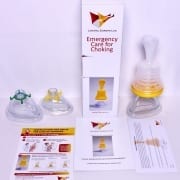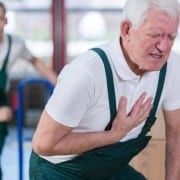Master the Art of Safe Lifting: The Benefits of Online Manual Handling Training
By Sherry Diaz-Thompson
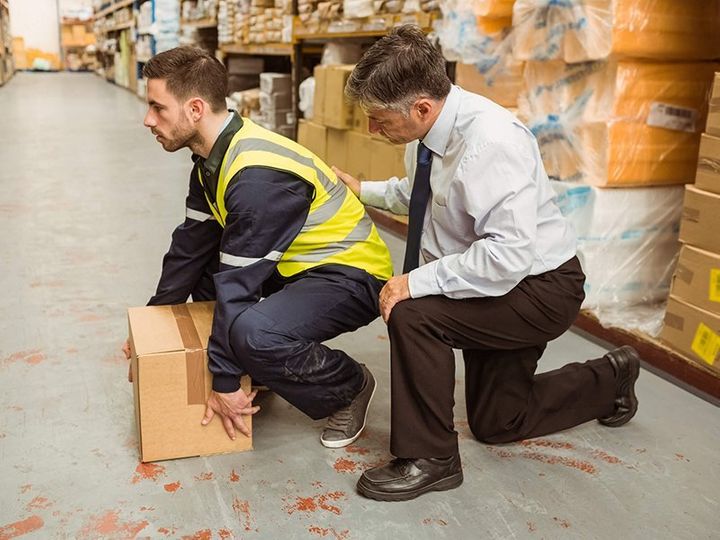
Manual handling is essential to many jobs, from healthcare professionals lifting patients to warehouses or supermarket workers moving heavy boxes. However, these tasks can pose a significant risk to the individual and the company they work for without proper training.
According to the Health and Safety Executive in the United Kingdom, “477,000 workers have a work-related musculoskeletal disorder, 2021/2022″.
Hence, Manual Handling Training is paramount to businesses and individuals.
Manual handling training teaches individuals to lift and move objects safely, reducing the risk of injuries such as strains, sprains, back problems and potential life-long disability.
Safe Hearts Limited education and accredited training programs help employees protect their health and well-being by understanding the correct manual handling techniques.
Furthermore, employers who invest in manual handling training demonstrate their commitment to the safety and welfare of their workforce.
What is Manual Handling Training?
Manual Handling Training educates employees on safely lifting, carrying, pushing, pulling or moving objects and people. The training covers various topics, including legislation, risk assessment, proper lifting techniques, equipment use such as trolleys and hoists, maintaining good posture and body mechanics, and so much more.
Practical manual handling training equips individuals with the knowledge, skills and confidence to assess potential risks, identify hazards, and implement appropriate control measures. It also educates employees on the importance of regular breaks and the benefits of stretching exercises to prevent muscle fatigue and injury.
Benefits of Online Manual Handling Training
Online Manual Handling Training offers numerous advantages over traditional classroom-based training. Firstly, it provides flexibility for both employees and employers. With online training, individuals can access their training from anywhere in the world, allowing them to learn at their own pace and around their work and personal commitments.
Additionally, online training eliminates the need for costly travel, accommodation, and venue hire associated with in-person training, making it a cost-effective option for businesses with multiple locations or a large workforce.
Moreover, online training often includes interactive elements, such as quizzes and videos, which enhance engagement and knowledge retention.
The Role of Health and Safety in Manual Handling Training
Wherever you are in the world, Health and Safety rules apply. Employers have a legal obligation and responsibility to provide a safe working environment for their employees, including proper manual handling practices.
By integrating health and safety principles into Manual Handling Training, companies can ensure compliance with legislation, safeguard their workforce, and reduce accidents and work-related musculoskeletal injuries.
With Online Manual Handling Training, employees learn to recognise risks and take appropriate precautions to minimise the likelihood of accidents or injuries.
This proactive approach protects individuals and fosters a safety culture within the organisation.
How Online Manual Handling Training Works
Online Manual Handling Training typically consists of modules or lessons covering different aspects of safe lifting and manual handling. Participants can access these modules through a learning management system (LMS) or an online training platform.
The material is often multimedia, including videos, interactive quizzes, and downloadable resources.
Participants can progress through the training at their own pace, allowing them to revisit sections if needed or skip ahead if they already possess specific knowledge.
Online training also provides self-assessment, enabling individuals to gauge their understanding and identify areas where they may need further support.
Upon completing their training, learners receive a UK-accredited qualification, a recognised certificate from our Award-Winning Awarding Body Protrainings, and their CPD (Continuing Professional Development) Statement.
Choosing the Correct Online Manual Handling Training Course
When selecting an Online Manual Handling Training Course, it is crucial to consider several factors. Firstly, ensure that a recognised body or organisation accredits the course and second, that the training meets industry standards.
Safe Hearts Limited offers a 100% UK-accredited Online Manual Handling Course with comprehensive coverage of topics, including proper lifting techniques, risk assessments, and the use of equipment. Methods that provide interactive elements and reviews also benefit engagement and knowledge retention.
Furthermore, consider the accessibility and compatibility of the training platform.
All our online courses are accessible on different devices and operating systems to accommodate various learning preferences.
Tips for Effective Manual Handling Techniques
Mastering safe lifting and manual handling techniques is essential for preventing injuries. Here are some key tips to keep in mind:
- Chin up and shoulders level when you lift.
- Bend your knees, not your back.
- Feet apart to give you balance.
- Keep the load as close to your body as possible.
- Maintain your spinal curve when lifting.
By incorporating these techniques into daily work routines, individuals can significantly reduce the risk of manual handling injuries.
The Impact of Manual Handling Injuries
Manual handling injuries can have a detrimental impact. When employees are injured, productivity decreases, and the company may experience increased absenteeism and higher costs. Additionally, workplace injuries can damage the organisation’s reputation and result in legal consequences, not to mention the pain and suffering of the person injured.
The Business Cost
- Legal advice and increased insurance costs.
- Legal action, fines and possible compensation.
- Sick pay, temporary staff cover/replacement.
- Loss of production and sales.
- Time and money spent on investigation and improvements.
The Human Cost
- Pain and suffering
- Disability/long-term disability
- Loss of earnings.
- Potential loss of life.
- Increase healthcare needs and rehabilitation costs.
- Emotional, mental and financial burden on your family.
And let’s not forget the Social Care impact as well!
By investing in Online Manual Handling Training, businesses can mitigate these risks. Practical training reduces the likelihood of injuries, improving productivity and employee morale.
Furthermore, companies that prioritise the safety and well-being of their workforce often attract and retain talented individuals, enhancing their competitive advantage in the market.
The Cost-Effectiveness of Online Manual Handling Training
Online Manual Handling Training offers a cost-effective solution for businesses of all sizes.
Compared to traditional classroom-based training, online training eliminates the need for travel expenses, venue hire, and instructor fees. It is becoming more attractive, particularly for companies with limited budgets or multiple locations.
Moreover, online training allows for scalability. Businesses can easily enrol new employees in the training program without incurring additional costs.
Additionally, online training platforms often provide reporting and tracking functionalities, allowing employers to monitor the progress and completion of training for their entire workforce.
Getting Trained in Manual Handling Can Save Lives!
Mastering the art of safe lifting is crucial for both individuals and businesses. Online Manual Handling Training provides a convenient and cost-effective solution to educate employees on proper lifting techniques, reducing the risk of injuries and saving lives.
By investing in Online Manual Handling Training, businesses can create a safer working environment, improve productivity, and demonstrate their commitment to the well-being of their workforce.
So why wait? Take the first step towards Safer Manual Handling Today!
Join Safe Hearts in their journey towards creating a safer, healthier, and more knowledgeable workforce locally and globally.
Get Started Today, click here on Online Safe Moving and Handling Course Level 2


